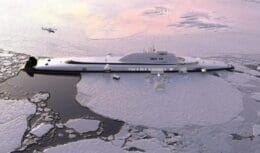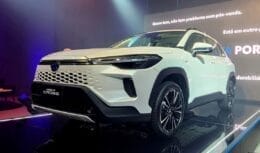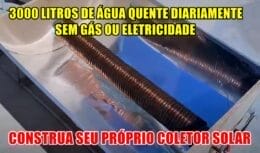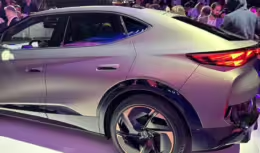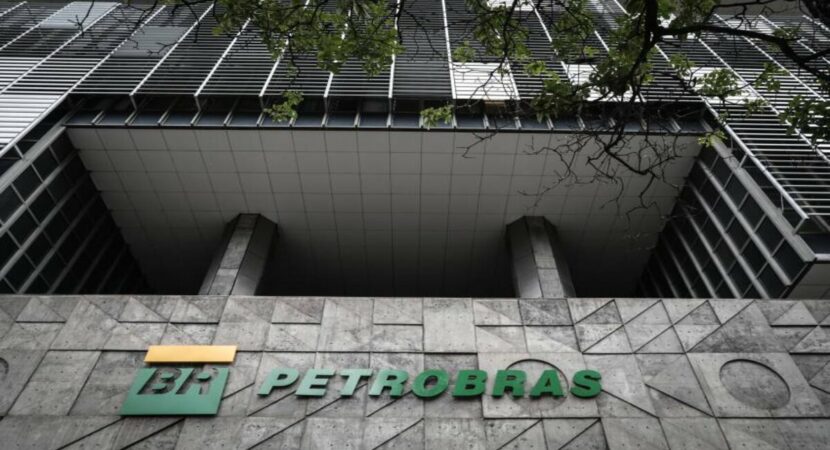
Seeking to ensure more environmental commitment in its operations in the offshore oil and gas sector, Petrobras received yet another sustainable ship, the Eagle Colatina, which will guarantee a high reduction in carbon emissions in the company's maritime transport.
After receiving yet another sustainability-oriented vessel at the end of May, the Suezmax DP2 Eagle Colatina, Petrobras continues this Friday, (17/06), with its plan for its sustainable fleet of ships. Thus, the arrival of Eagle Colatina marked a major advance in the project to reduce carbon emissions in transport operations maritime of the company, in addition to contributing to providing more efficiency in the production of offshore oil and gas.
Petrobras Eagle Colatina ship docked at the Port of Rio de Janeiro to carry out low-carbon maritime transport operations
The Eagle Colatina vessel arrived in Brazil at the end of May and is the first of three Eco Type vessels built to reinforce the fleet of more sustainable vessels to relieve the oil platforms of the Brazilian state-owned Petrobras. The ship weighs more than 150 tons and docked at the port of Rio de Janeiro, in the state of Rio de Janeiro, to ensure more sustainability in the maritime transport of the Brazilian state-owned company over the next few months.
In addition, Petrobras highlighted that the Eagle Colatina vessel is built with eco-efficient technology that guarantees a high reduction in carbon emissions during use. In this way, the company invests not only in more sustainability in maritime transport, but also in more efficiency and operational quality, since the vessel's state-of-the-art technology also provides more safety in operations.
The state-owned company also recalled that, in addition to the Eagle Colatina, two other sustainable vessels will be delivered by the end of the year for its shuttle fleet, the Eagle Cambe and the Eagle Crato.
And, with the arrival of the Eagle Colatina ship, Petrobras advances even further in its quest to reduce carbon emissions in maritime transport, as highlighted by Rafael Noac, executive manager of Logistics at Petrobras, who said: “The Eco Type ships are used more and more frequently in our fleet and our teams have been looking for new options to reduce emissions, in addition to structuring charter models that encourage the efficiency of vessels, as part of the Company's decarbonization strategy”.
Petrobras' Eco Type vessel fleet aims to ensure greater environmental commitment and eco-efficiency in the company's maritime transport operations
As announced by the company, the arrival of the Eagle Colatina ship is just one of the steps towards the company's sustainability project, which is now focused on its fleet of so-called Eco Type ships. Petrobras already has 37% of its fleet made up of these vessels, which began to be produced in 2015, with the construction project improved to adapt to the energy efficiency improvement measures established by the International Maritime Organization (IMO/IMO) .
In this way, ships such as the Eagle Colatina are built with a focus on reducing carbon emissions, since the company has a neutralization project that aims to zero emission of gas by the year 2030.
The main difference in these ship models is the construction design that reduces the vessel's weight and resistance in the water, ensuring less need for the use of heavy fuels in maritime transport.
Thus, considering the MR2 vessels, capable of transporting an average of 50 thousand tons of oil products, there was a reduction in average consumption of around 24% of fuel per ton x mile. And this is just the beginning for the Petrobras fleet, which continues to seek new sustainable technologies for its vessels.

